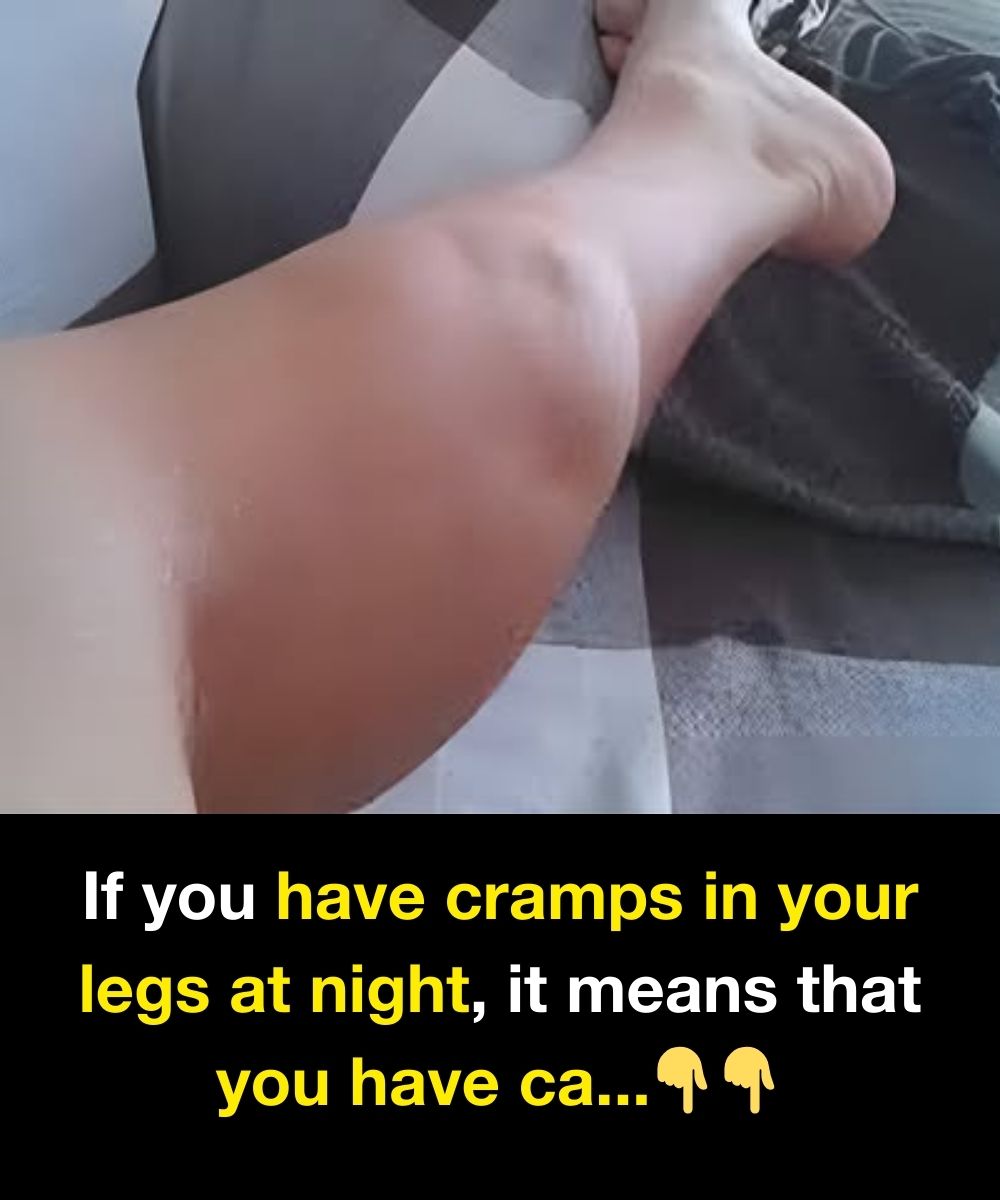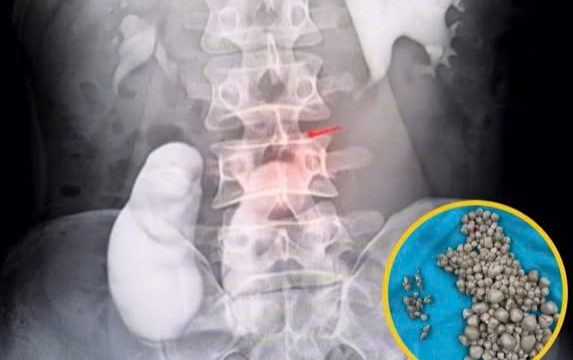Night cramps, those sudden and often excruciating muscle contractions that jolt people out of sleep, are more common than many realize and can affect individuals of all ages and lifestyles, yet certain groups are at significantly higher risk than others. Understanding who is most vulnerable and why these painful episodes occur is key to prevention and effective management, and research has consistently highlighted specific populations that tend to experience them more frequently.

Among the most affected are older adults, with studies showing that nearly one-third of people over the age of 60 experience night cramps on a regular basis. Aging naturally leads to a loss of muscle flexibility and elasticity, and as muscles become stiffer, they are more likely to contract involuntarily. Additionally, nerve function declines with age, disrupting the way electrical signals are transmitted to muscles, which can trigger spasms. Circulation also slows in older adults, reducing blood flow to the legs and feet where cramps most commonly occur.
The combination of weaker muscles, more sensitive nerves, and sluggish circulation creates the perfect storm for painful nighttime spasms, which explains why seniors often find themselves waking up with aching calves or feet. Pregnant women also face a heightened risk, particularly during the second and third trimesters. While the exact reason behind pregnancy-related leg cramps is not fully understood, several factors likely contribute. The growing weight of both the baby and the mother places added pressure on leg muscles and veins, which makes them more prone to cramping.
Hormonal changes during pregnancy alter how the body regulates fluids and electrolytes, sometimes leading to deficiencies in key minerals such as magnesium, calcium, or potassium, all of which play crucial roles in muscle function. Circulatory changes are also a factor, as blood flow is redirected to support the developing baby, potentially leaving leg muscles more sensitive to spasms. For many expectant mothers, these cramps become one of the most frustrating sleep disturbances, often striking in the middle of the night and disrupting much-needed rest.
Interestingly, even athletes and physically active individuals—often thought of as the epitome of good health—are far from immune to night cramps. In fact, they are at an elevated risk because of the toll that intense training and prolonged exercise take on their bodies. When muscles are pushed to their limits, fatigue sets in, and when hydration is inadequate, electrolyte imbalances can follow, especially when sweating depletes sodium, potassium, and magnesium levels.
Athletes who neglect stretching or who fail to give their bodies enough recovery time after workouts are especially vulnerable, often waking in the middle of the night with calves or feet that seize painfully without warning. On the opposite end of the activity spectrum, people who lead sedentary lifestyles are also at risk.
Sitting or standing in one position for long periods of time restricts circulation in the legs, which contributes to muscle stiffness and increases the likelihood of cramping during rest. Office workers who remain seated at a desk for hours, retail workers who stand still during long shifts, or anyone with limited daily movement may find themselves experiencing nighttime cramps more often. The lack of regular stretching or activity throughout the day means muscles are not being properly conditioned, making them more prone to seizing when the body is at rest. Underlying health conditions add another layer of risk, as certain medical problems directly increase the likelihood of cramping.
Individuals with diabetes or peripheral artery disease often deal with compromised circulation, which restricts blood flow and contributes to cramps. Neurological disorders that affect the communication between nerves and muscles, such as neuropathy, can also trigger spasms, while thyroid imbalances and chronic kidney disease may lead to disruptions in electrolyte balance, further raising the chances of painful nighttime contractions. In these cases, cramps are often not just a random issue but rather a symptom of broader health concerns that require medical attention.
Medications are yet another factor, as some drugs have been linked to an increased risk of cramps. Diuretics, frequently prescribed for high blood pressure, encourage the body to expel fluids, which can result in dehydration and electrolyte loss. Cholesterol-lowering statins, certain types of birth control, and even some asthma medications have also been connected to muscle cramping. For individuals who notice cramps beginning after starting a new prescription, it is important not to dismiss the symptom but instead to consult with a doctor, since an adjustment to dosage or an alternative medication may be necessary.
Night cramps, while often brushed off as minor inconveniences, can severely disrupt sleep and quality of life, particularly for those in high-risk groups such as seniors, pregnant women, athletes, sedentary workers, individuals with chronic health conditions, and medication users. By recognizing the underlying factors—whether they are age-related changes, pregnancy-induced pressures, lifestyle habits, medical conditions, or side effects of medication—people can take proactive steps toward prevention and treatment, such as staying hydrated, stretching regularly, ensuring proper nutrition, and consulting healthcare professionals when needed. For many, small lifestyle adjustments or medical interventions can make a significant difference in reducing the frequency and severity of these painful nighttime episodes.





